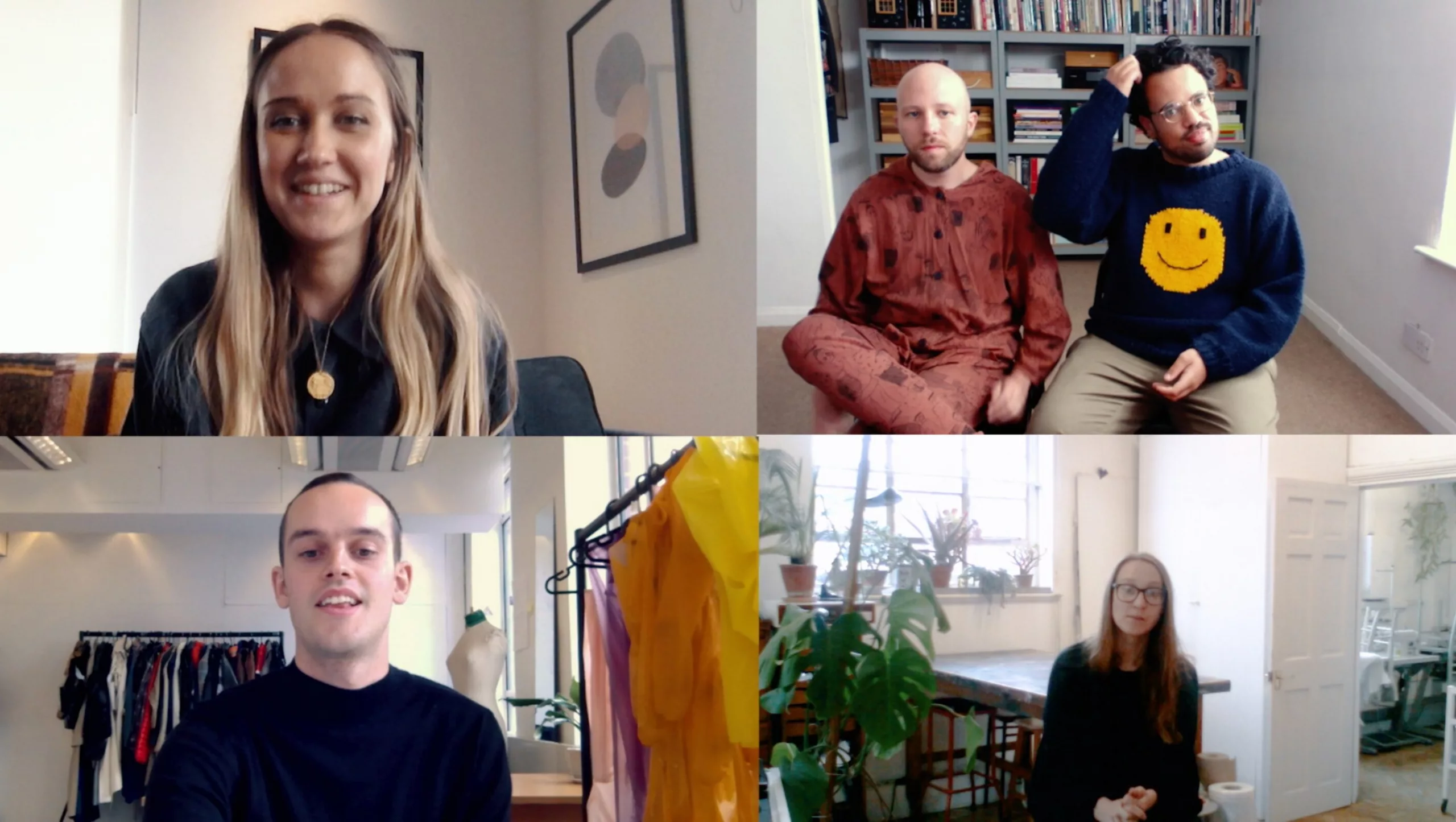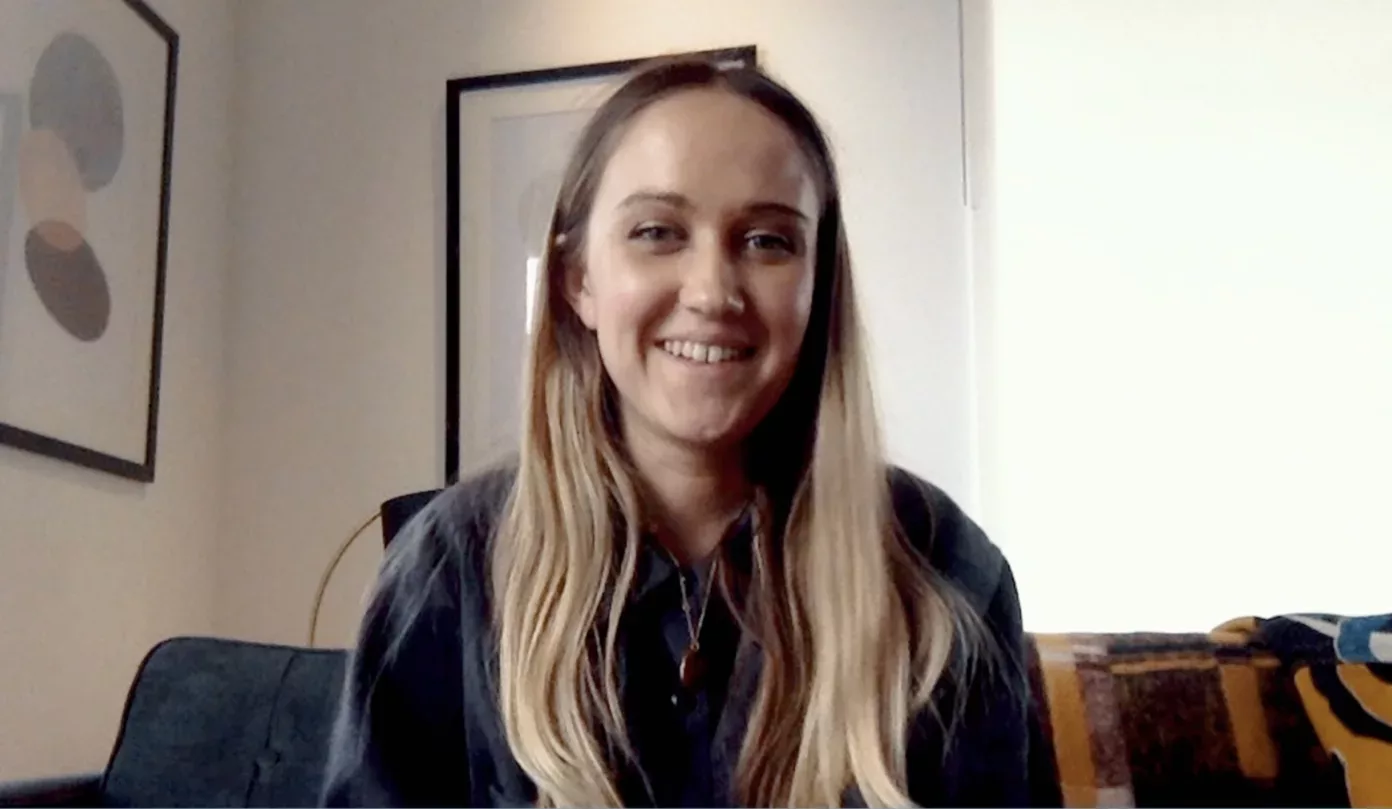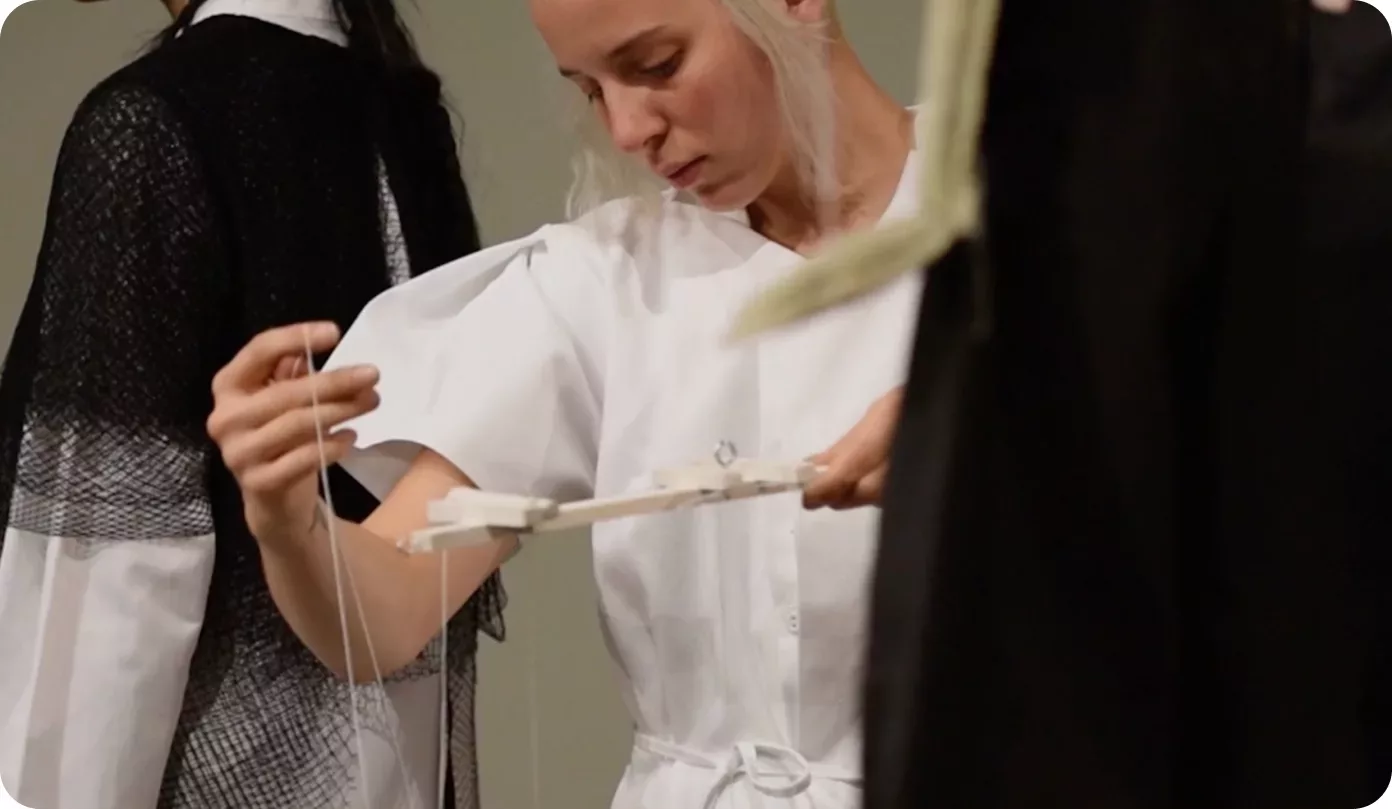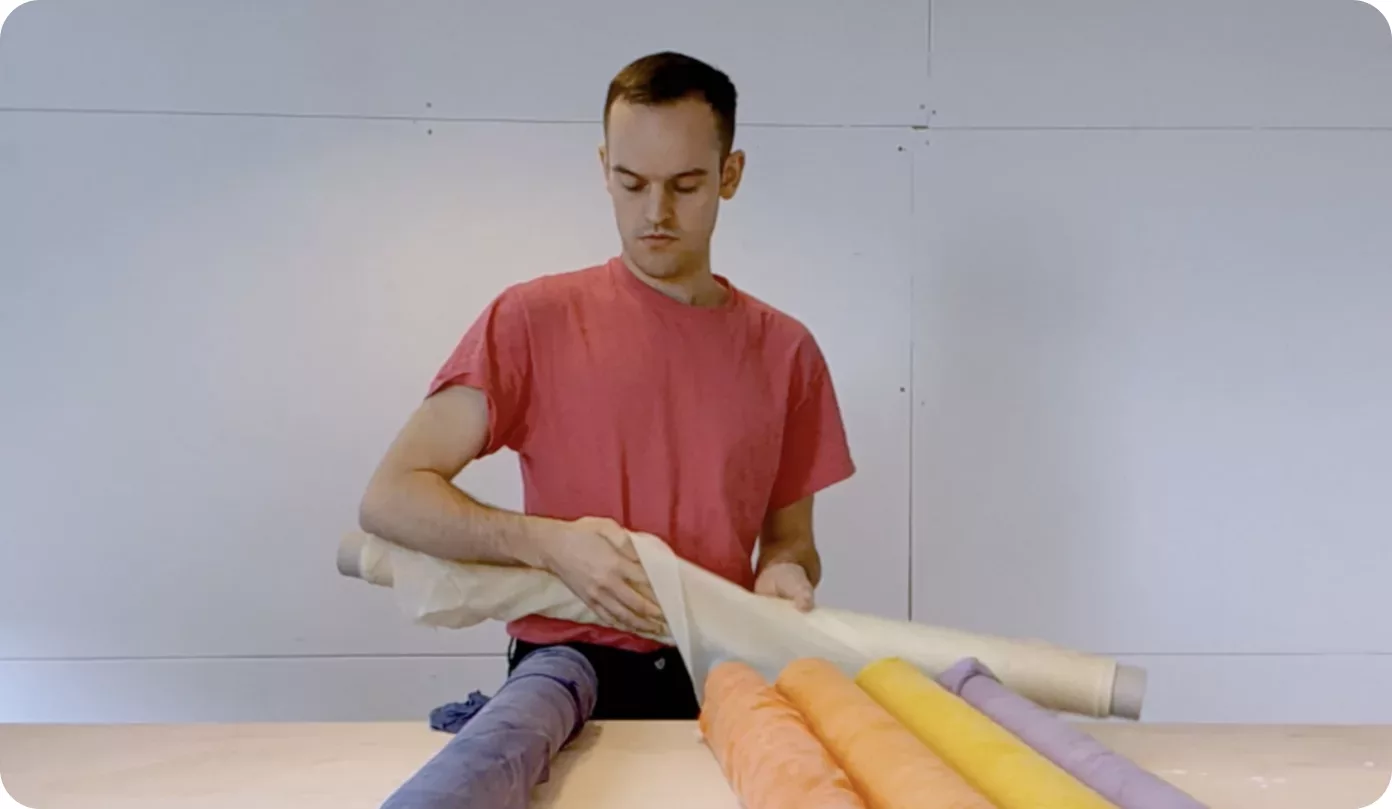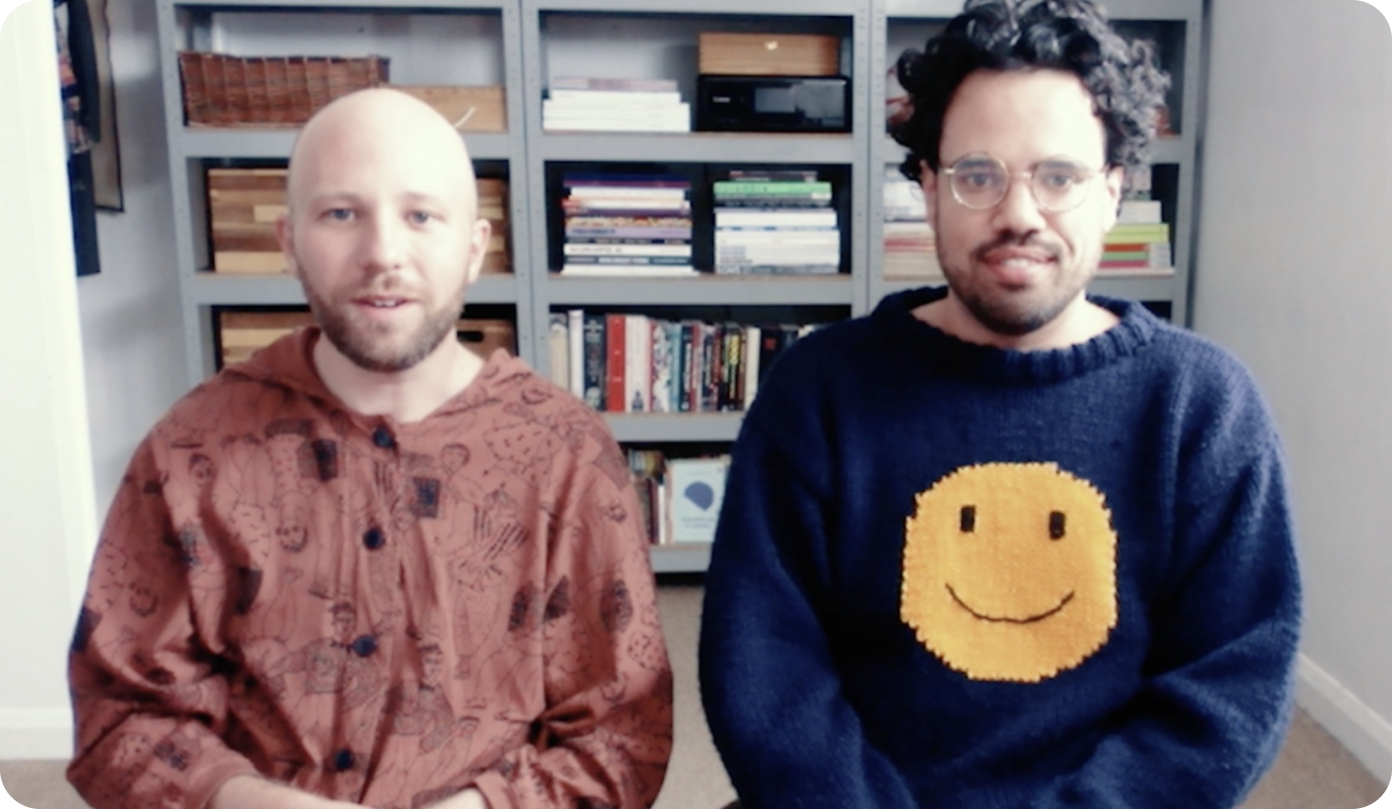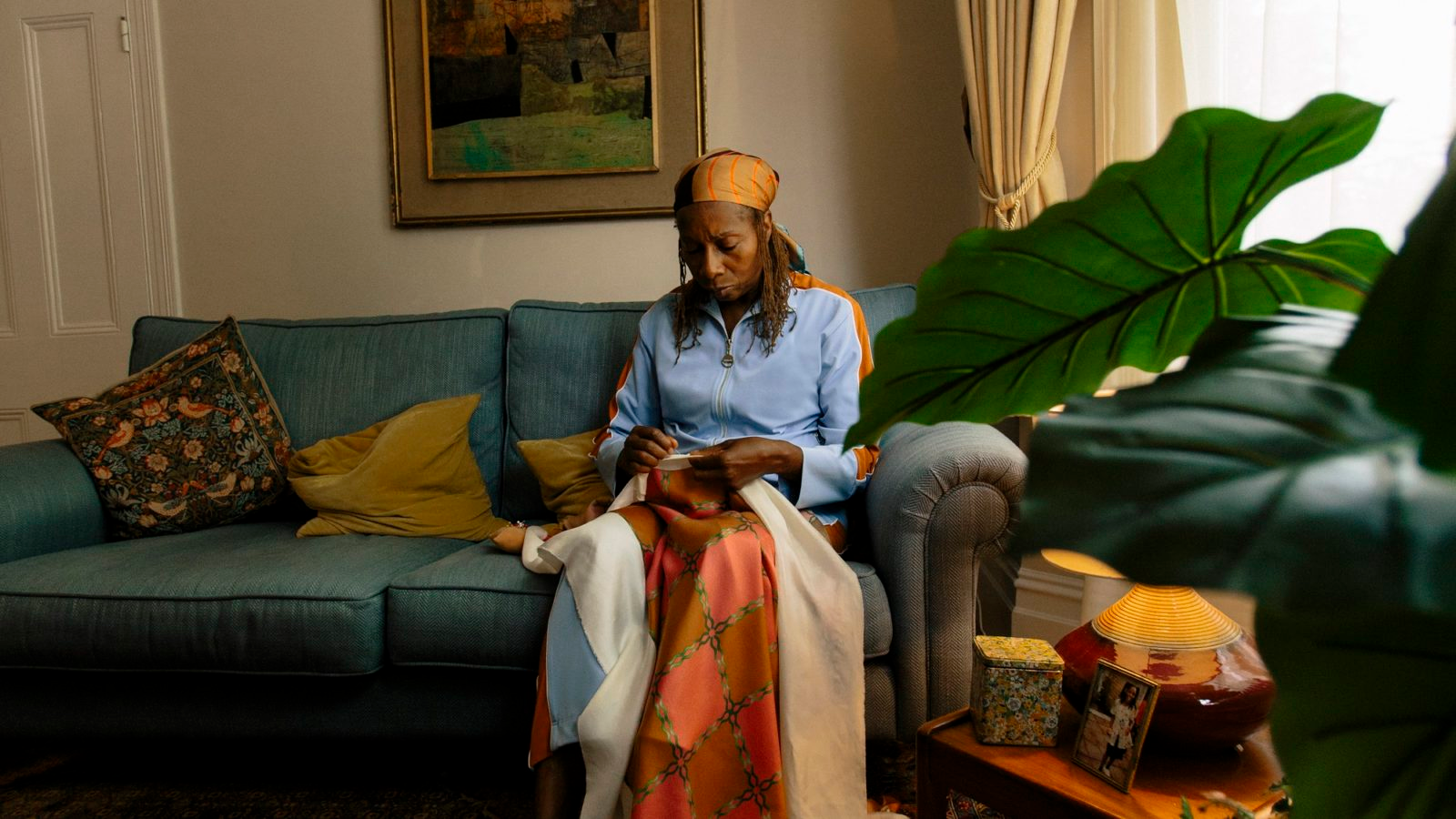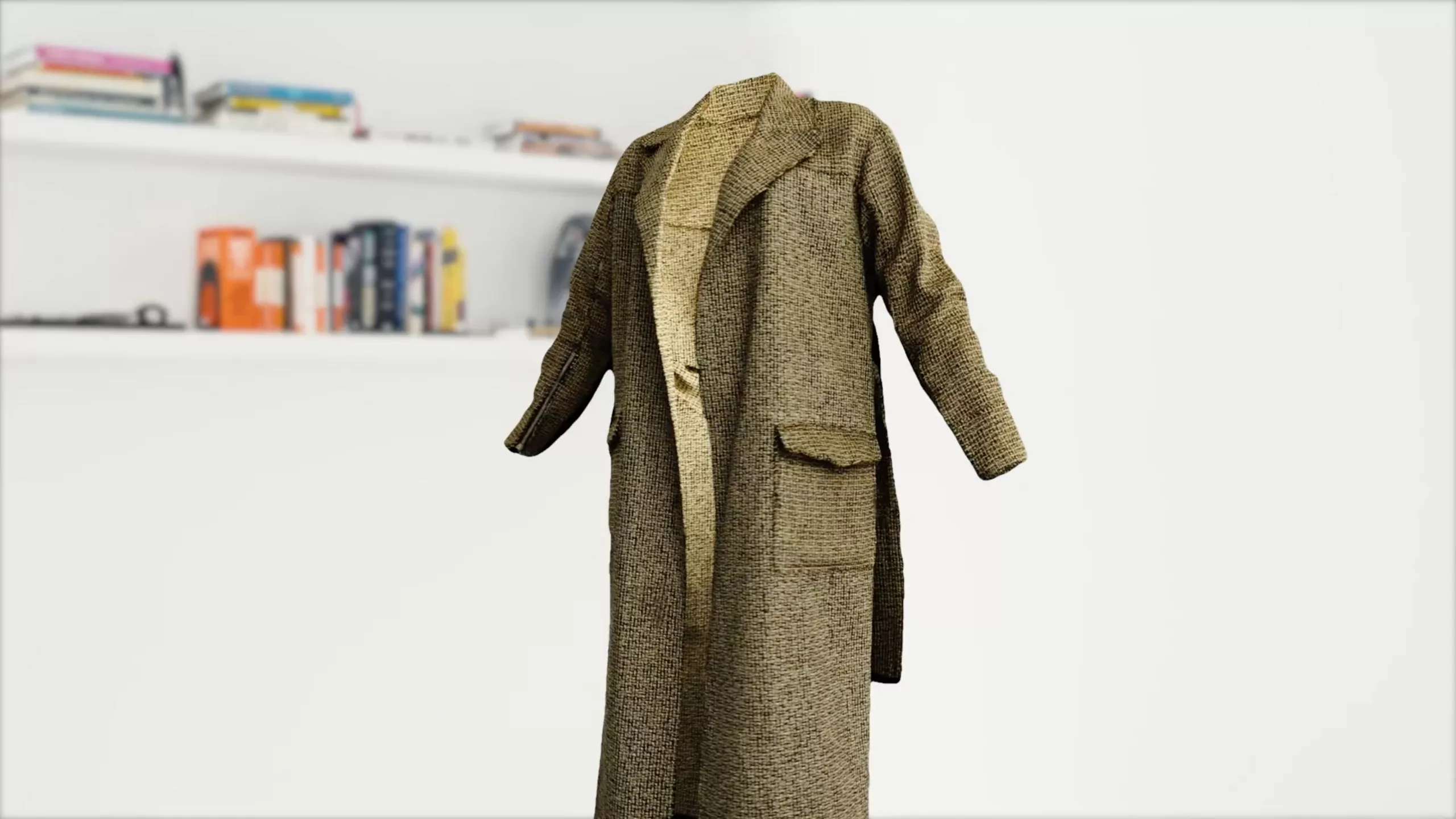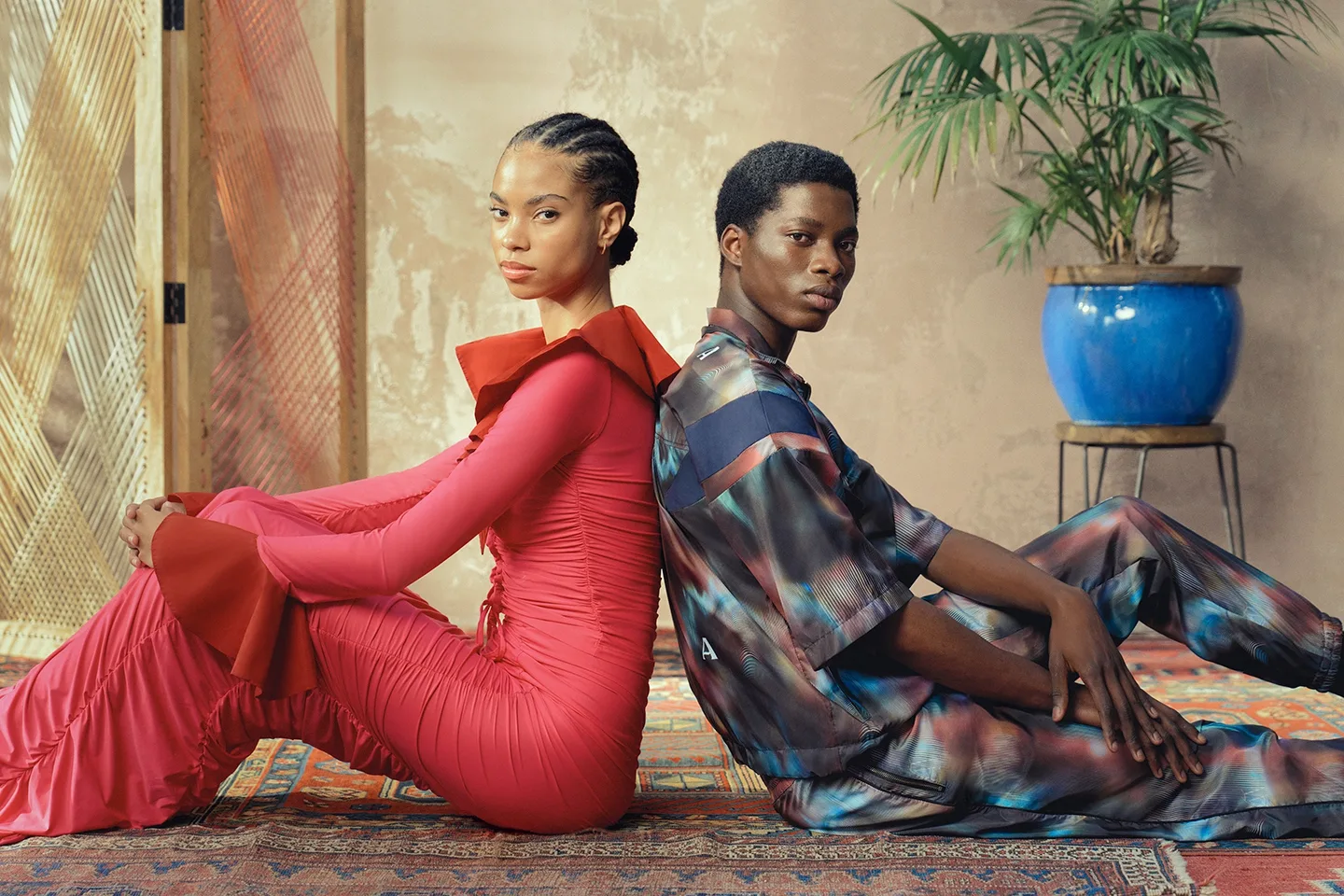Augmented Atelier
When it comes to fashion, few people know the industry like Jaime Perlman. Formerly Vogue UK’s creative director, now the founder and creative director of More or Less magazine, an of-the-moment publication that advocates for planet-conscious creativity in the fashion industry over cost and consumption.
To embody that ethos, Jaime has teamed up with Microsoft and four of fashion’s most innovative designers—Bethany Williams, Phoebe English, Fredrik Tjærandsen, and Rottingdean Bazaar—to digitally reimagine the process of designing, creating, and showing garments.
The initiative, Augmented Atelier, is an ambitious design premise and an alternate take on fashion. It offers new tools for waste-free collaborative design, as well as interactive online retail and customized try-ons, showcasing new applications of virtual-only garments to a global audience.
I wanted to create a platform that celebrated fashion—something that was inclusive and focused on designers who made sustainability a priority.
Jaime was first drawn to the designers—Bethany Williams, Phoebe English, Fredrik Tjærandsen, and Rottingdean Bazaar—because of their unique styles and design processes.
“Each designer spoke to me in a different way about sustainability, innovation, imagination, and concept,” says Jaime about their visionary approach to fashion as individuals. Their garments defy fashion’s conventions and demonstrate the potential to reshape the industry’s process and pipeline, while ultimately moving us toward a more digital model.
Now, they would be faced with a new challenge. Harnessing Microsoft Azure Spatial Anchors, how could they transform their creative processes and craft waste-free digital garments?
Meet the designers
Discover how four of London’s most exciting voices in fashion explored tech-empowered garments.
Bethany Williams

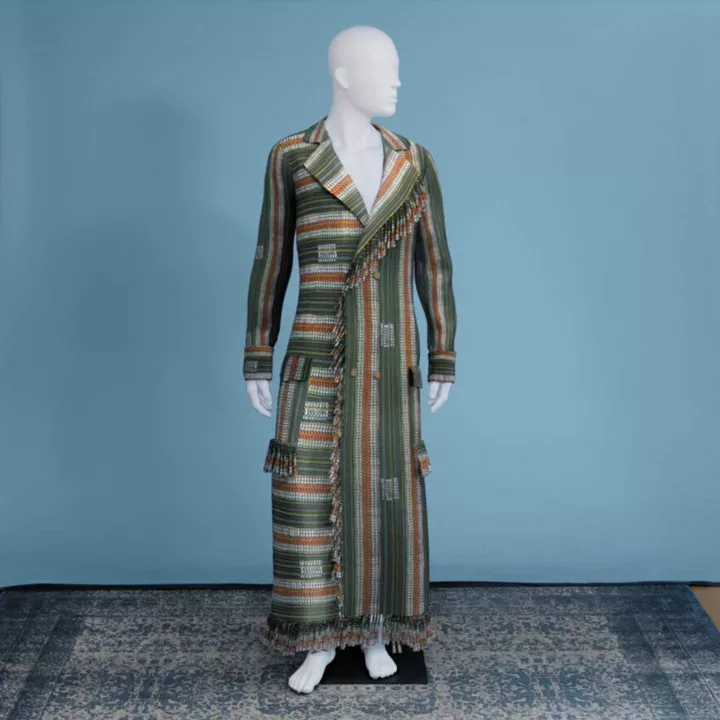
Fashion becomes more inclusive to everyone…It’s important to me to focus on philosophy and a mindset, not just on selling clothes.
Working with a digital process eliminated multiple rounds of pattern-making and model fittings. “We usually do a sketch, develop a pattern, cut it out, and then render it with materials to fit onto a model—which we then alter back into the pattern to make samples,” she explains. Going digital changed the dynamics of this process and saved Bethany and her team time and energy.
Bethany has seen the way a digital collection could present new opportunities for fashion in the future “With what we do, people can only see the garments if they’ve come as a buyer to our showroom or if they’ve come to the show. This way, more people can access our designs and styles digitally.
Phoebe English

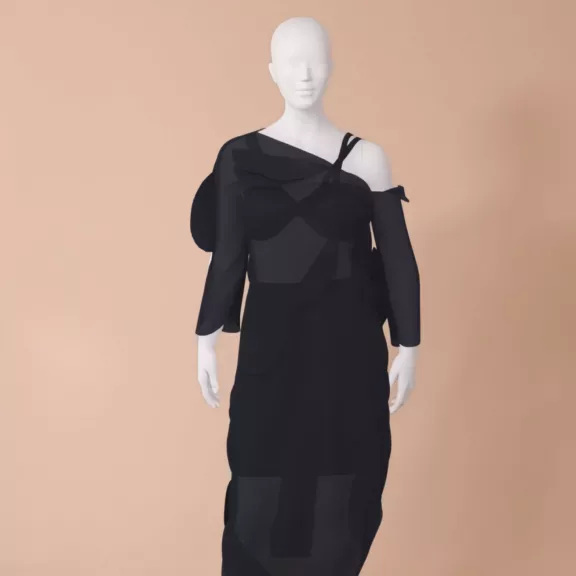
Designing a digital garment seemed like an intriguing challenge for such a hands-on designer. “It’s not something that plays to my strengths. I don’t use any computer-aided design tools at all, it’s not part of my practice,” she says. The experience opened Phoebe’s eyes to the new direction technology might take fashion in the future.
From sustainability to accessibility, Phoebe believes digital designing has intriguing possibilities.
When you’re working on a mannequin, you have the limitation of the size of the mannequin. But when you’re working with technology like this, you can easily swap between different sizes, shapes, and heights of bodies which is really useful in terms of making design more accessible.
Fredrik Tjærandsen
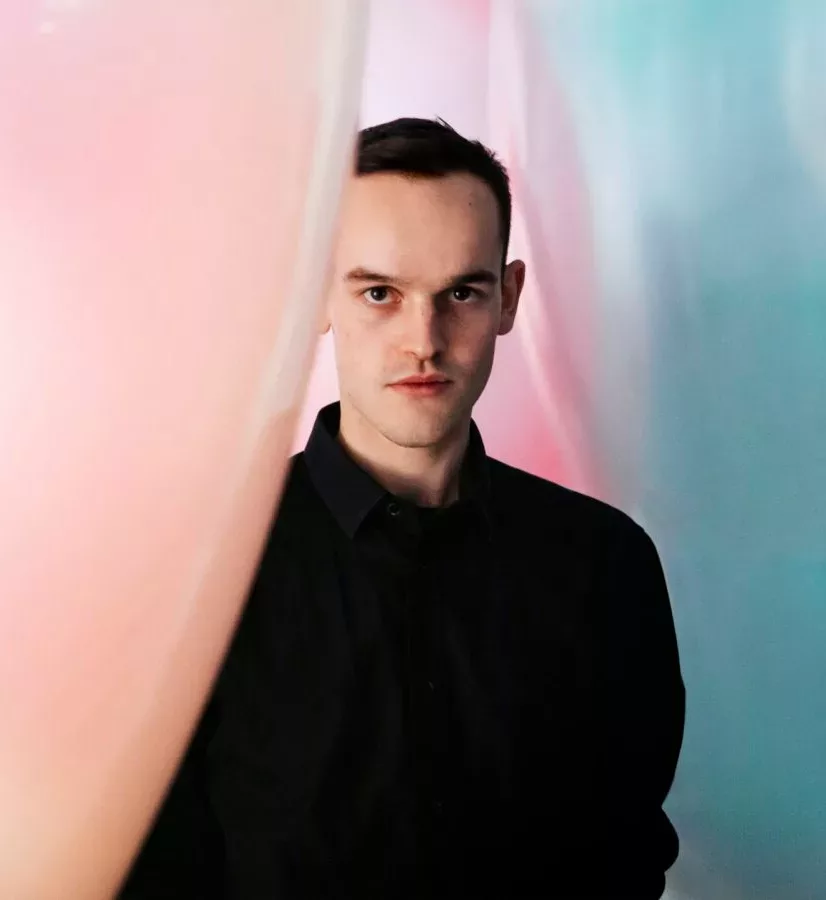
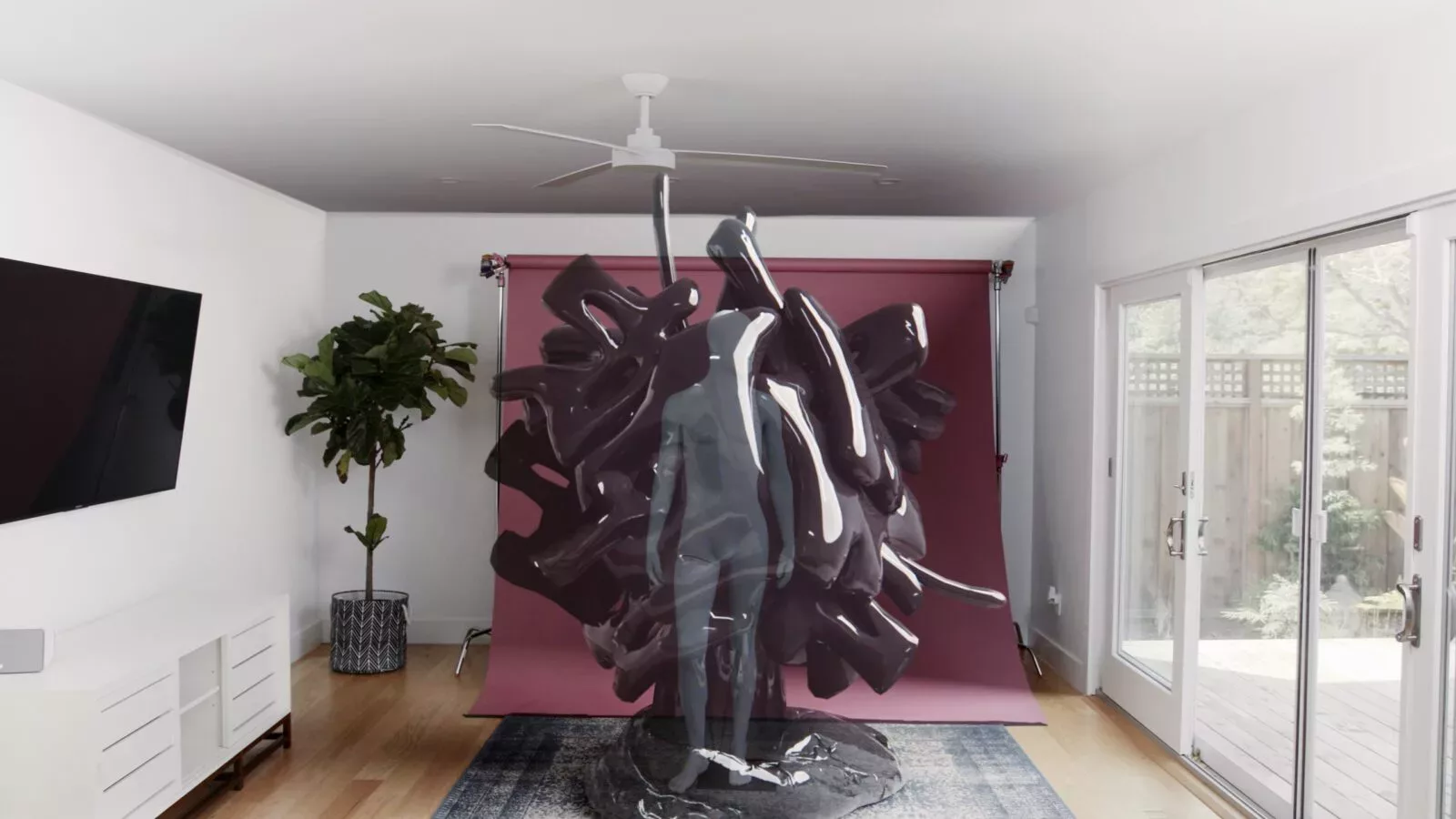
Though you wouldn’t expect Fredrik’s dramatic and modern-looking designs to be rooted in tradition, family history is actually central to his work. He describes his design process as artistic, intuitive, and emotional: he’s drawn to working with visuals that captivate his emotions or feelings in that moment. And his process seemed well-suited to the digital challenge of Augmented Atelier.
Normally, there are physical limits like gravity and size and material restrictions. Now these can be eliminated.
Rapid iteration is not possible when hand-crafting garments with materials like latex that are both expensive and hard to manipulate. But Fredrik’s experience with digital design left him feeling encouraged and excited: “I was surprised by how technology like this helps with exploring new ideas and saving costs and working more sustainably. The idea of a garment changes once you understand the full scope of what this technology can do.”
Rottingdean Bazaar
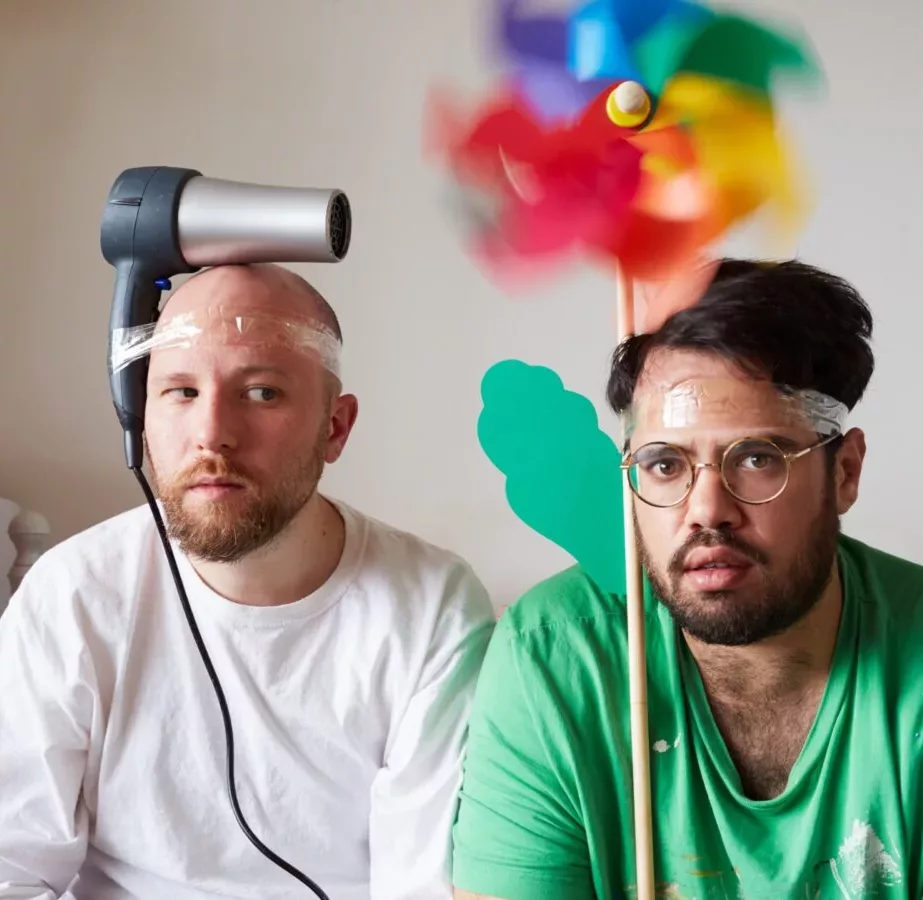
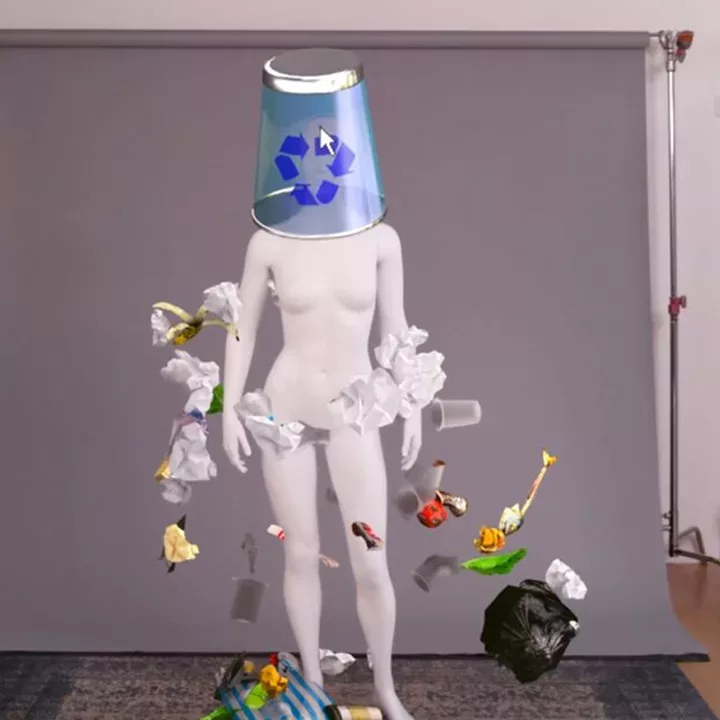
We tend to think about the context of the framework that something’s in and how we can change that.
Rottingdean Bazaar found that their process translated quite nicely to 3D digital design. “It was interesting to think about what could be done in a 3D digital space that couldn’t be done outside of it,” says Luke. “We thought a lot about animation and the way something could move around the body or in space.” As with all of their work, the looks they created challenge traditional ideas of what garments can and can’t be made from.
Rather than simply creating a digital garment that could be remade with material, “we saw the technology as a medium in itself,” says James, and their unlikely designs were inspired by this innovative new framework. “We were just thinking about what we could do with the tech in a small way. In that sense, I think the project has the potential to have a whole universe of work created within it.”
While the Augmented Atelier was a first-of-its-kind prototype, built on the vision of London’s most exciting up-and-coming-designers, it’s also a flag in the ground for the industry. The new platform encouraged unbridled creativity, while streamlining the design process. Going digital eliminated manual steps of designers’ processes, such as garment sizing and fit adjusting, replacing these time-consuming tasks with efficient zero-waste alternatives. Augmented Atelier’s ambition is to pose radical new possibilities across the entire industry. And ultimately, it challenges the very fabric of what’s possible for the fashion industry of tomorrow.
